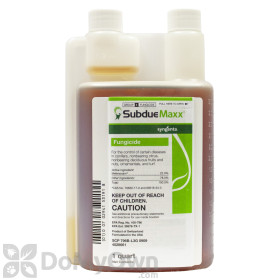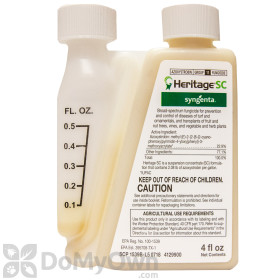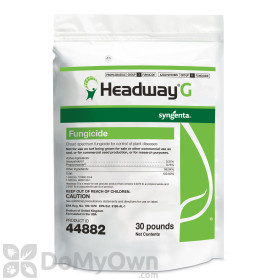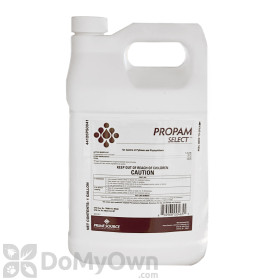Prevent Pythium Blight By Keeping Your Lawn Healthy
Ensure Proper Fertilization
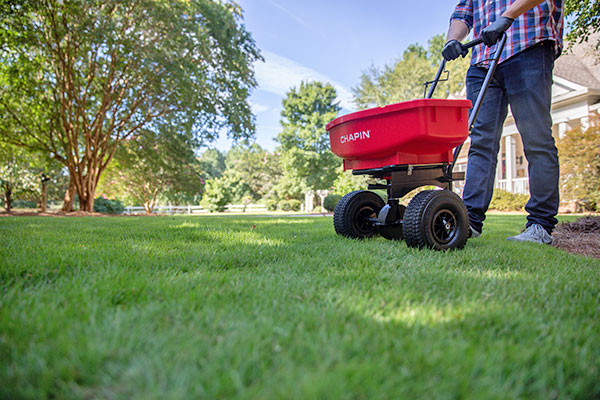
High nitrogen levels in your soil can encourage Pythium blight development in some turfs. Consider the nutrient levels in your soil, your local climate, and what type of grass you have when considering how to fertilize your lawn for the best growth. Our lawn care schedule for your property can help make sure your lawn is getting the right amount of nitrogen and other key nutrients. A lawn fed with proper nutrients will be healthier and be much better equipped to defend against Pythium blight and other fungal lawn diseases.
Test your lawn with a home soil test kit to check the nutrient levels found on your property. With the information you receive from the test kit you'll be prepared to select the right fertilizer to help your lawn grow strong and healthy, and better defend against Pythium blight and other fungal lawn diseases.
Products needed for Step 1
Minimize Favorable Pythium Blight Conditions
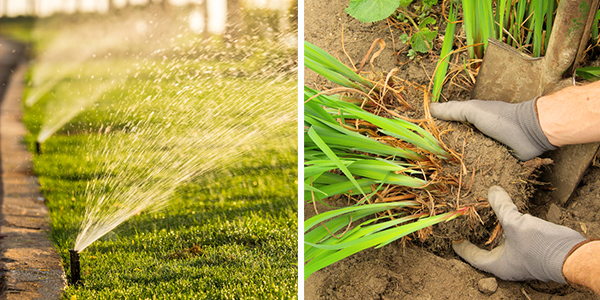
- Time irrigation to shorten the length of time your lawn may be damp. Watering early in the morning hours (before sunrise) will allow the sun to dry the water faster, minimizing the amount of time your lawn is wet.
- Proper airflow is also important to reducing humidity, so removing unnecessary shrubbery and foliage, thereby increasing sunlight penetration, can help to keep air flowing.
Apply a Preventative Fungicide
The timely application of a preventative fungicide that is labeled for use against Pythium blight may be the most important step in defending your lawn against new infestations of blight and other fungal lawn diseases.
By applying a fungicide before you see signs of damage from Pythium blight you can avoid the greasy spots, fuzzy rings, and other symptoms that can follow soon after an infestation. This sort of pre-treatment is especially important if you've had problems with Pythium blight in the past.
While planning your fungicide program, be sure to rotate products to avoid any potential resistance being built up. You will want to rotate products based not only on the active ingredient, but on the grouping as defined by the Fungicide Resistance Action Committee (FRAC). The group numbers provided by the FRAC can make these decisions easier. Check out our Fungicide Use Guide for more details on fungicide groupings and how to determine which products are right for your situation.






